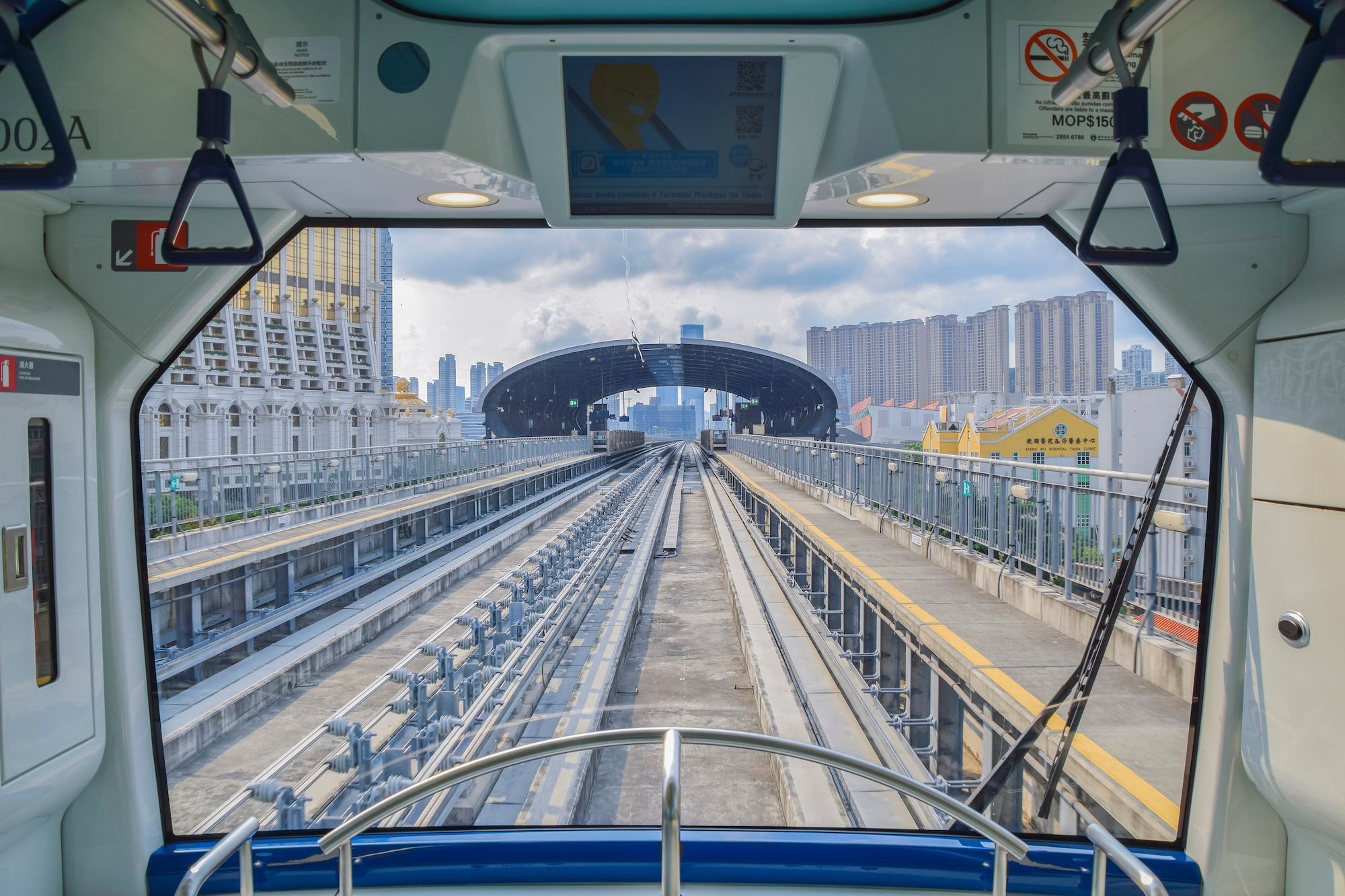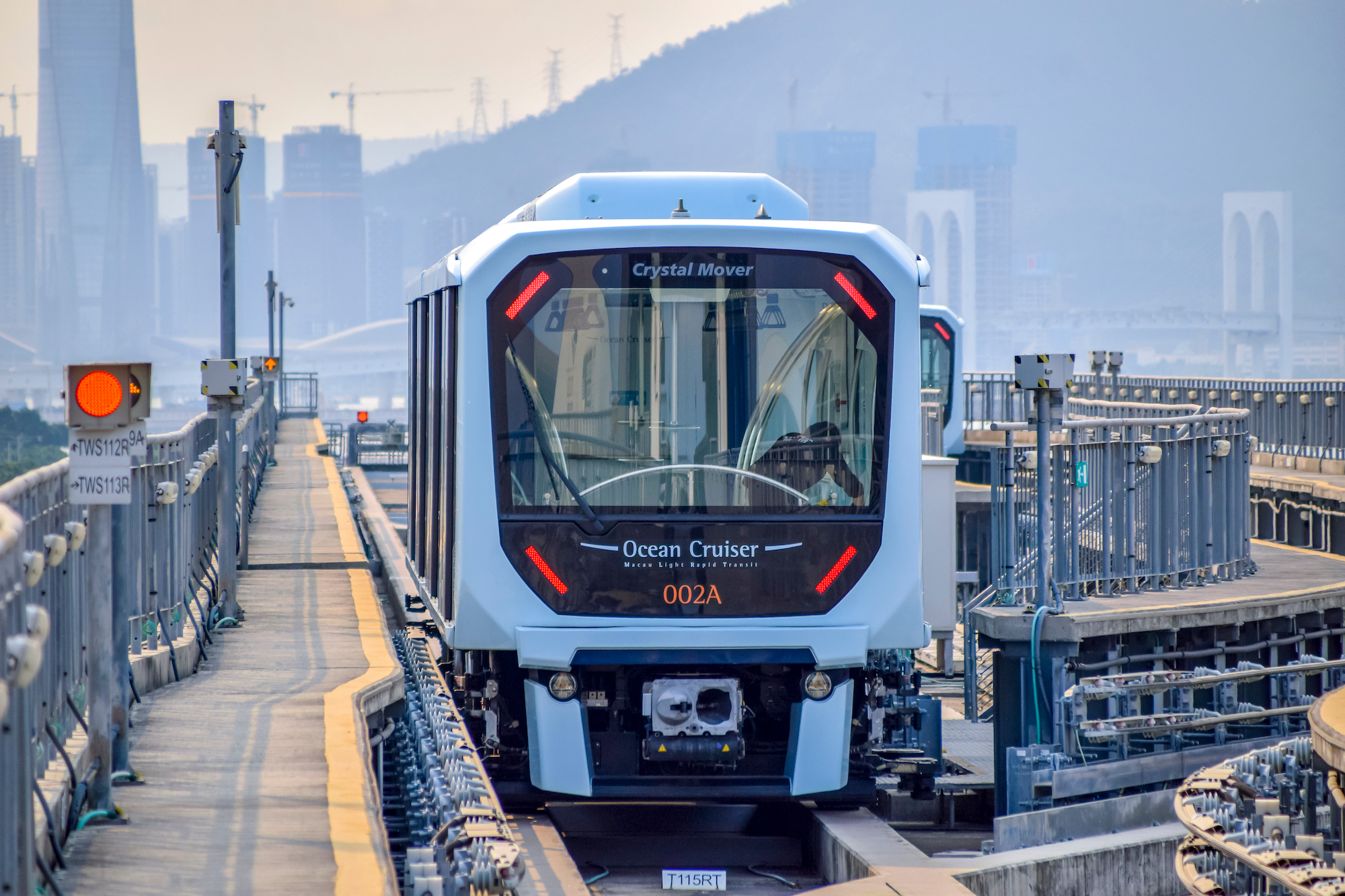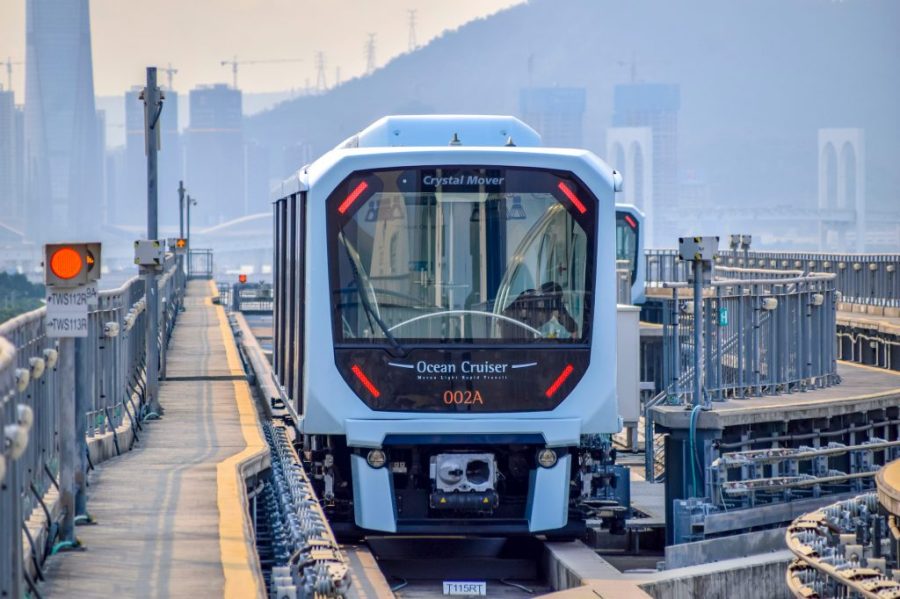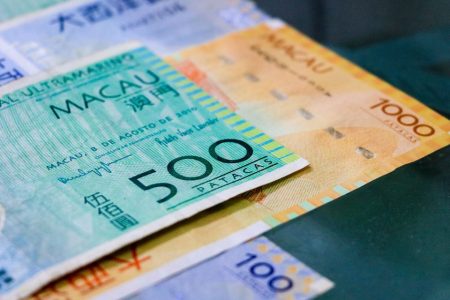The Light Rail Transit (LRT) system has always been a polarising subject in Macao, ever since the idea was first floated by the then Chief Executive, Edmund Ho. Back in 2002, he announced that the Government would “tackle the root of the transportation problem” by planning “for the introduction of a new mass transit system.”
Macao’s LRT supporters say it is a long-term investment that will benefit residents and tourists. Detractors contend that it is nothing more than a white elephant that will blow a hole in the pockets of taxpayers.
Whichever side of the LRT argument you stand on, the reality is the light rail system is here to stay, and will continue to expand in the near future, with three new lines expected to open between 2024 and 2028 in Macao. If you find it difficult to keep track – pun intended – then here’s a review of the current Taipa Line and the lines to come, including a possible West Line.

The Taipa Line
As the first ever electric railway to be built in Macao, the 10.2 billion pataca Taipa line consists of 11 stations that are connected by 9.3 kilometres of track. The U-shaped route runs between Ocean Station to the west of Taipa and the Taipa Ferry Terminal to the east.
Large-scale work on this line officially began in 2012, although another eight years were to pass before the project was officially put into service on 10 December 2019.
When the line first opened, reception towards it was enthusiastic, with daily passenger volume in the first month reaching 33,000, largely thanks to the novelty of the LRT and the free-ride offer that was in place until January 2020. Between 2020 to 2022, however, the system experienced chronic low ridership, as a result of the pandemic, faulty cable issues and the resumption of fares.
[See more: New bus routes are going to service Barra LRT station]
Despite the setbacks of the past three years, daily passenger numbers have been gradually rising, with a current peak of 9,150 in September of this year. With the Barra extension due to open this Friday, there are hopes that the number of passengers will increase further.
At the line’s opening, the president of the Macao Light Transit Corporation (MLM), Ho Cheong Kei, said it was “only a small step” in the corporation’s overarching vision.
The Taipa-Barra Extension
When it opens this Friday, the 1.18 billion pataca Taipa-Barra Extension Line will serve as an offshoot to the current Taipa Line. The 3.4-kilometre addition, running between Ocean Station and the new Barra Station, will enable passengers to travel between Taipa and the Macao peninsula by rail for the very first time, thanks to a section of track on an enclosed lower deck of the Sai Van Bridge.
Construction of this segment of the LRT began in August 2018. After multiple delays, mainly due to the pandemic, the first southbound train from the new station is set to depart for the Taipa Ferry Terminal at 6:30 am on 8 December.
[See more: Will 500 new taxis be enough to meet demand? ‘Maybe not’ says Rosário]
Even though the new route is linked to the Macao peninsula, the train does not travel beyond the Barra area, meaning passengers will have to disembark and switch to other modes of transport. A new bus route will connect Barra and the Border gate, while existing ones are being re-routed to cater to expected demand.

The Seac Pai Van Line
The 1.6-kilometre Seac Pai Van Line, which began construction in September 2021, is the furthest along in development, with its completion tentatively marked for February 2024. Costing a total of 939 million patacas, it is made up of two stations, Seac Pai Van and Island Hospital Station which allows for transfers to the Taipa Line’s Lotus Station.
Upon disembarking from the Seac Pai Van Station, passengers will be able to access the Seac Pai Van public housing complex via a skybridge. Likewise, the Island Hospital will be within walking distance of its namesake station.
[See more: Proposed parking fee hike draws ire from lawmakers]
The Hengqin Line
A 2.4 kilometre Hengqin Line is also scheduled to open in 2024, albeit towards the end of the year, in November. Costing a total of 3.46 billion patacas, this project started construction in March 2021. It will link Taipa to Hengqin via an underwater railroad tunnel that runs between Station HE1, where passengers can transfer to the Taipa Line’s Lotus Station, and Station HE2, which is situated in front of Hengqin Port.
The East Line
Of the four upcoming LRT routes in Macao, the 7.7-kilometre East Line is the most ambitious. With a completion date set in 2028, it will enable passengers to journey between the Border Gate, New Urban Zone A and Taipa by train.
As a time and cost-saving measure, the government has split the construction of the multibillion pataca project into a northern and southern section, with different companies building them.
[See more: LRT passengers averaged just 6,800 per day in October]
The 4.47 billion pataca northern segment is the shorter of the two, with three underground stations that are connected by 2.9 kilometres of track. It begins from the Border Gate and joins the 4.8-kilometre southern portion at Station ES4 in New Urban Zone A. The southern section, which will cost 4.81 billion patacas to build, then continues to run in a southbound direction across three stations before linking up with the Taipa Line via the Taipa Ferry Terminal Station.

The West Line
A West Line running from Barra Station to the Border Gate is also on the table, with the government currently conducting feasibility research. According to the Transport Bureau’s current master plan, the construction of such a line would add an extra 6 kilometres of line to the network.
The benefit of such a project is clear, as it would enable visitors and residents from the Border Gate to seamlessly travel by rail along the west coast of the Macao Peninsula to areas such as the Qingmao Port and Ponte 16 without being stuck in traffic. However, the high cost and possible delays of such a project remain a sticking point for some residents who cite the Taipa Line as an example. To make matters worse, the narrow roads of the Macao peninsula and the disruption that the underground construction would cause are also barriers to the project’s realisation.
Even if the West Line never materialises, the LRT will still have five lines with a total distance of 24 kilometres by 2028 in Macao. This interconnected network of stations will enable passengers to conveniently travel between the Macao peninsula, Taipa, Coloane and Hengqin in a manner that was previously unimaginable. Whether the cost will be worth it is still a matter of heated debate, but the convenience will be hard to argue against.






